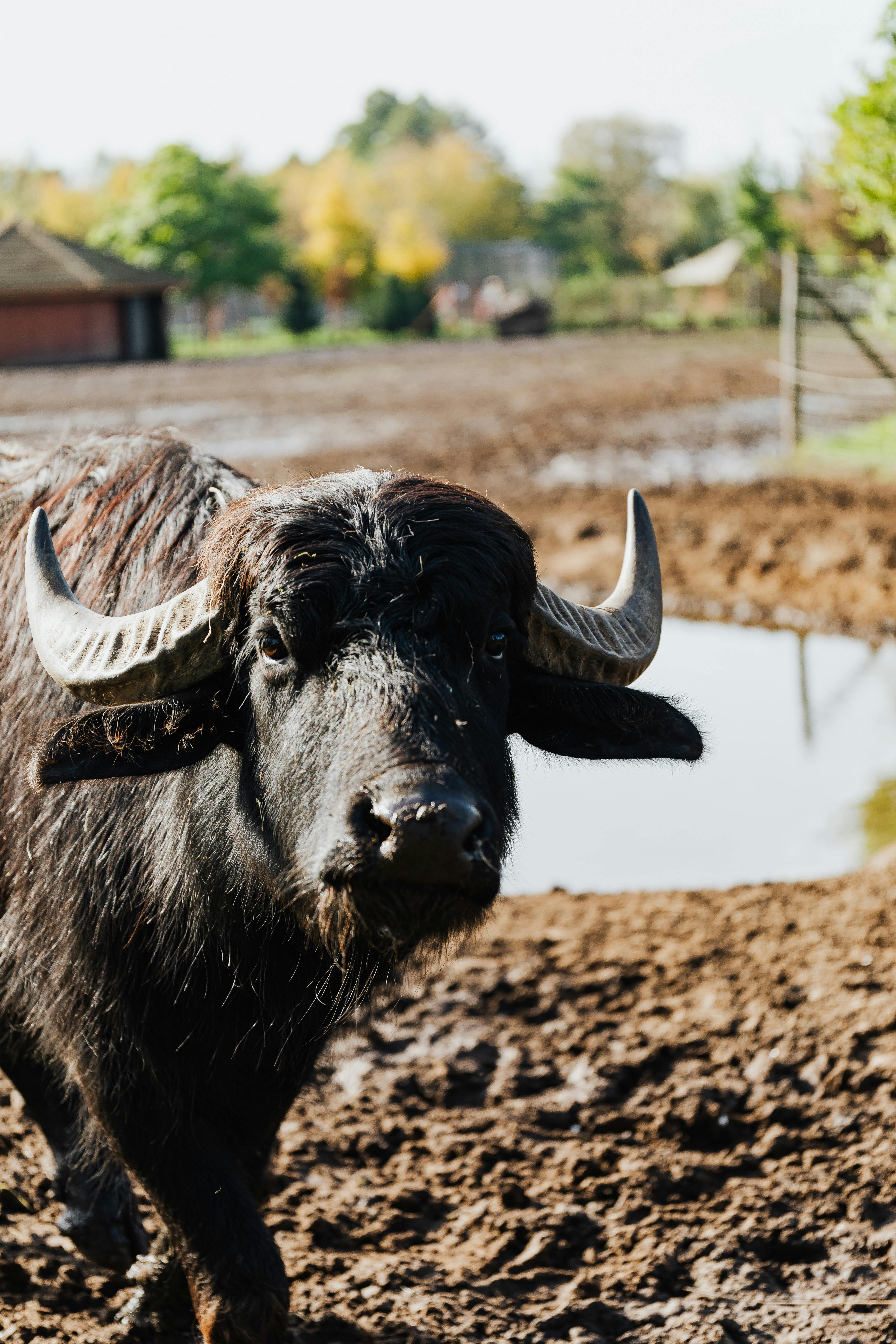
Effective Ways to Understand Jack Rabbit Size in 2025
Understanding the size of jack rabbits is essential for appreciating these unique creatures and their role in the ecosystem. Jack rabbits, known primarily for their long ears and strong hind legs, exhibit a range of sizes that vary by species and habitat. In 2025, gaining insights into the average jack rabbit size, weight, and other characteristics can aid in conservation efforts and understanding their behavior better.
This article will explore the key aspects of jack rabbit size, including the differences in size among species, environmental factors influencing their growth, and comparisons with other rabbit breeds. As we progress, we'll discuss what these insights mean for conservation, habitats, and their diets, ultimately providing a comprehensive guide to jack rabbit size.
Key takeaways from this article include understanding the average jack rabbit size, key differences among jack rabbit species, and effective conservation measures to preserve their populations. Prepare to dive into the fascinating world of jack rabbits!
Average Jack Rabbit Size: A Comprehensive Overview
The average size of a jack rabbit is crucial to understanding its role in the ecosystem and its adaptability to different environments. Eastern and western jack rabbits, for instance, show some size variations. While an eastern jack rabbit typically measures 18 to 24 inches in length with a weight range of 3 to 6 pounds, western jack rabbits can be slightly larger, measuring up to 30 inches long and weighing around 4 to 10 pounds.
It’s compelling to note that different populations of jack rabbits can exhibit size variations based on environmental factors such as climate and available resources. Examples of these adaptations can be seen in arid habitats where smaller sizes may aid in conserving moisture. In contrast, populations in more lush environments may grow larger due to readily available food.
Measuring jack rabbits accurately involves understanding standard measurement techniques that include measuring from the tip of the nose to the base of the tail. Using these methods ensures a consistent approach to size comparison across various populations.
Measuring Rabbit Size: Techniques and Considerations
When it comes to measuring rabbit size, various techniques can be employed, yielding more accurate results. A standard approach is to measure the rabbit in a relaxed state, preferably when it is resting or sitting. It is also important to ensure that the rabbit is calm to achieve a precise measurement without extra body extension.
Taking into account the anatomy of jack rabbits allows for better understanding. Their unique features, such as elongated limbs and ears, contribute significantly to their overall size and weight. It's worth noting that factors such as age and health can also influence the size of jack rabbits, stressing the importance of considering these factors during size measurements.
Common mistakes include measuring while the rabbit is moving or neglecting to account for variations in fur length, which can affect the perceived size. Accurate size measurement aids in the study of rural and urban rabbit populations, such as those studying jack rabbits in cities or conservation assessments applied to their habitats.
Jack Rabbit Characteristics: Size and Behavior
Beyond size, understanding the characteristic features of jack rabbits is critical in differentiation from other rabbits. They possess powerful hind legs adapted for quick and agile movements, which significantly influence their survival strategies. The large ears are not only a feature of their physical appearance but are also crucial for thermoregulation, helping them manage heat in varying climates.
Jack rabbits are also known for their unique behavioral adaptations. Their size variation can influence their territoriality and social behavior, where larger individuals tend to establish dominance over smaller peers. It is essential to consider these interactions when studying jack rabbit populations and environment adaptability.
Factors Affecting Jack Rabbit Size
Several factors can influence the size of jack rabbits, including genetics, diet, and environmental conditions. Research shows that jack rabbits with a nutrient-rich diet typically reach larger sizes compared to those with limited food access. This highlights the importance of habitat preservation for these species, ensuring that they have access to adequate nutritional sources.
Furthermore, climatic conditions play a significant role. For instance, jack rabbits in warmer, arid regions may experience different growth patterns compared to those in colder climates. Understanding these factors is essential for conservationists and wildlife photographers who aim to capture the essence of jack rabbits in their natural habitats.
Other influences include predation pressure, which can indirectly affect their growth. Larger jack rabbits may evade predators more effectively, thereby leading to a higher chance of survival and subsequent reproduction, further impacting size distribution within populations.
Environmental Adaptations of Jack Rabbits
Jack rabbits exhibit numerous adaptations that enhance their survival in various environments—from deserts to urban areas. Their body size and fur characteristics are closely linked to these environmental factors. For example, jack rabbits in desert habitats tend to have lighter fur, which aids in reflecting sunlight, hence maintaining their body temperature.
Their anatomical features, including strong limbs, allow jack rabbits to leap great distances, crucial for avoiding predators and accessing food sources. Another fascinating aspect is how their size can aid in their burrowing behavior, with the capacity to construct temporary shelters to escape harsh weather elements.
Jack Rabbit Diet and Its Impact on Size
The diet of jack rabbits varies significantly based on their geographical distribution. Typically, they consume grasses, herbs, and shrubs, which are abundant in their respective habitats. The nutritional value of their diet plays a role in determining size as well; high-quality nutrition can lead to larger, healthier individuals.
As jack rabbits are herbivores, understanding what they consume enhances our insight into their size and health. Wildlife studies often focus on their diet to ascertain the ecological impact of size variance among populations, providing insights into their survival and reproduction patterns.
Moreover, providing a consistent diet in research and captive breeding scenarios can influence the overall size and weight offspring achieve. Therefore, understanding the diet is integral when examining how to raise healthy jack rabbits, whether in the wild or human care.

Conservational Insights on Jack Rabbit Populations
The conservation of jack rabbits is crucial to maintaining biodiversity in ecosystems. Their populations have been affected by human activities, habitat destruction, and climate change. Understanding size variations, behavior, and habitat needs are critical in developing effective conservation strategies.
Organizations focused on habitat preservation emphasize recycling and recycling patrol programs as instruments to maintain healthy habitats for jack rabbits. Conservation efforts often involve monitoring the geographical distribution of jack rabbit populations to identify and address potential threats to their size and overall health.
Tracking Jack Rabbits: Techniques and Tools
Tracking jack rabbit populations allows for better understanding and conservation measures. Techniques such as wildlife photography and direct observational studies help researchers gather data on size, behavior, and population dynamics. Technologies such as GPS tracking devices allow for more detailed studies of their movement patterns and habitat use, thereby providing data for effective conservation strategies.
Using these techniques helps determine environmental adaptations and highlight areas most affected by human activity, providing insights into how individuals cope with these pressures. This data is invaluable for wildlife management, helping inform future conservation proposals to protect jack rabbits from declining numbers.
Conclusion: Jack Rabbit Size Matters
Understanding jack rabbit size is a valuable endeavor that aids in comprehending their habitats, behavior, and conservation needs. The information gathered enhances our knowledge and contributes to effective conservation strategies. Insights from jack rabbit characteristics, such as their diet and adaptations, provide a rich understanding of wildlife ecology.
Collaboration among biologists, conservationists, and communities will be fundamental in preserving jack rabbits and their ecosystems. By continuing to study and appreciate their unique size and behavior, we can ensure the survival of jack rabbit populations for years to come. For further exploration of rabbit size and behavior, refer to reputable wildlife databases and studies.
